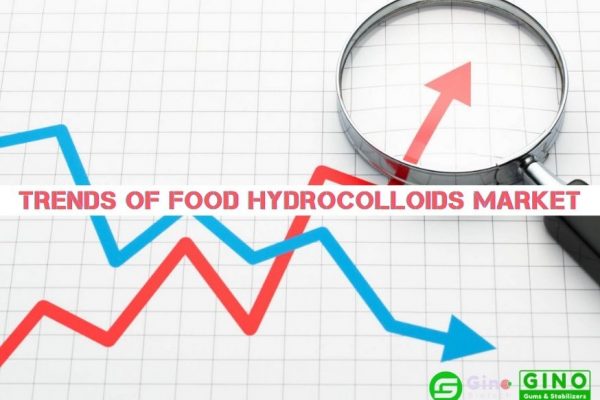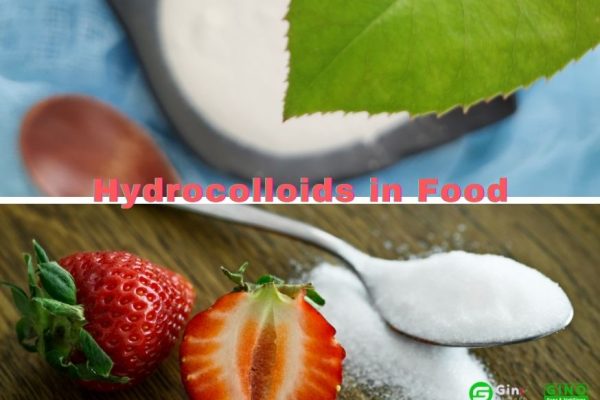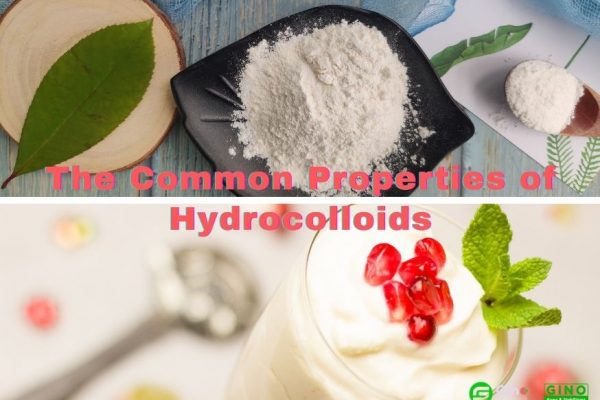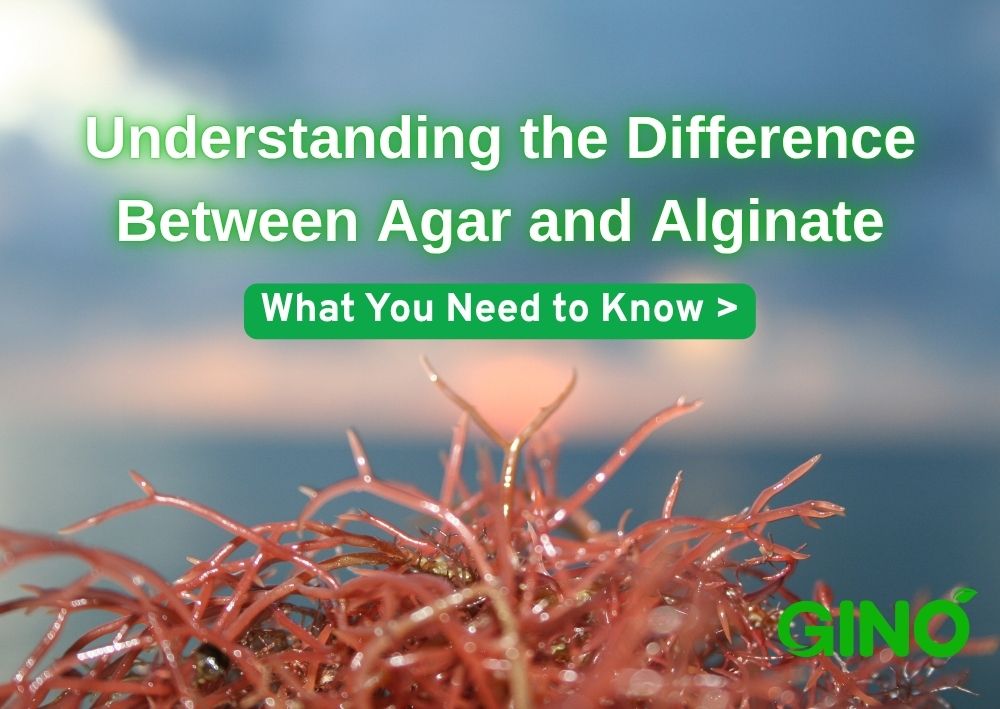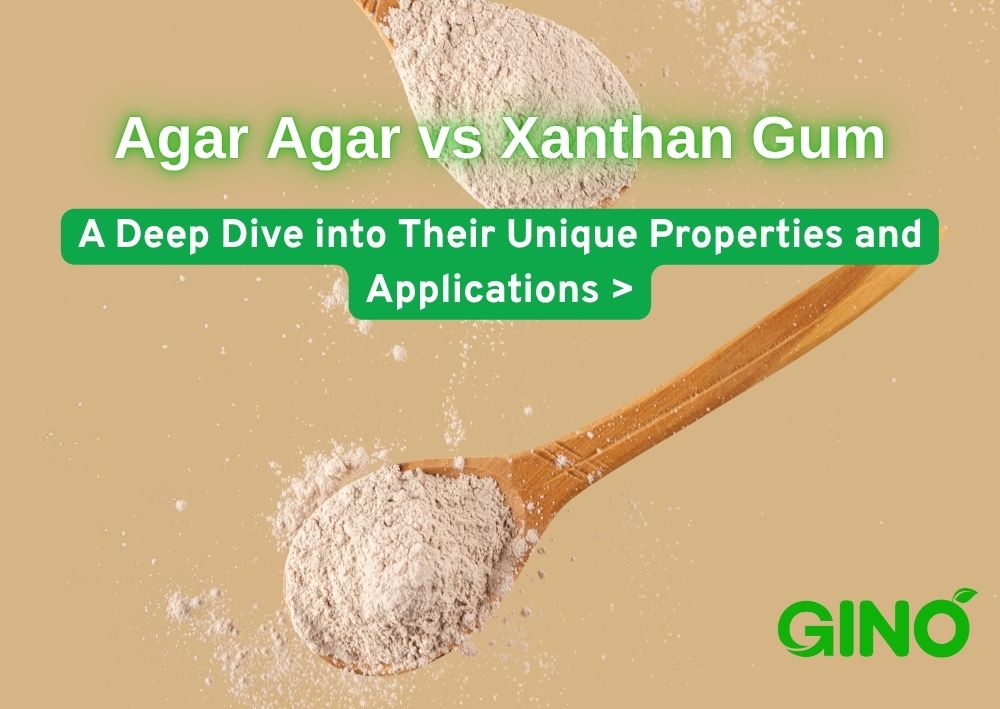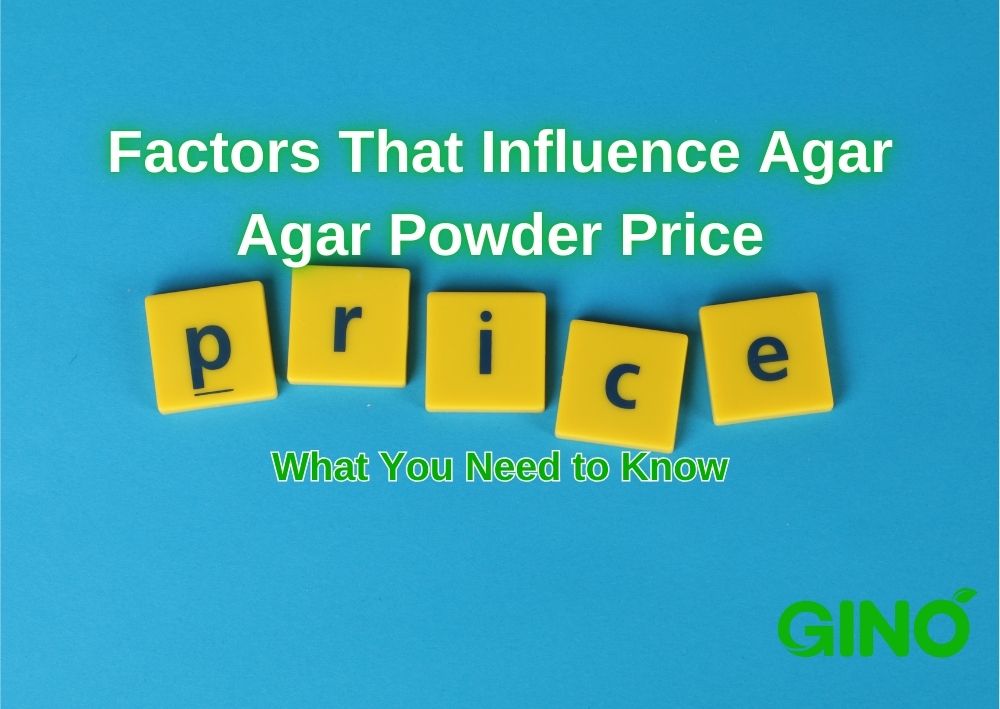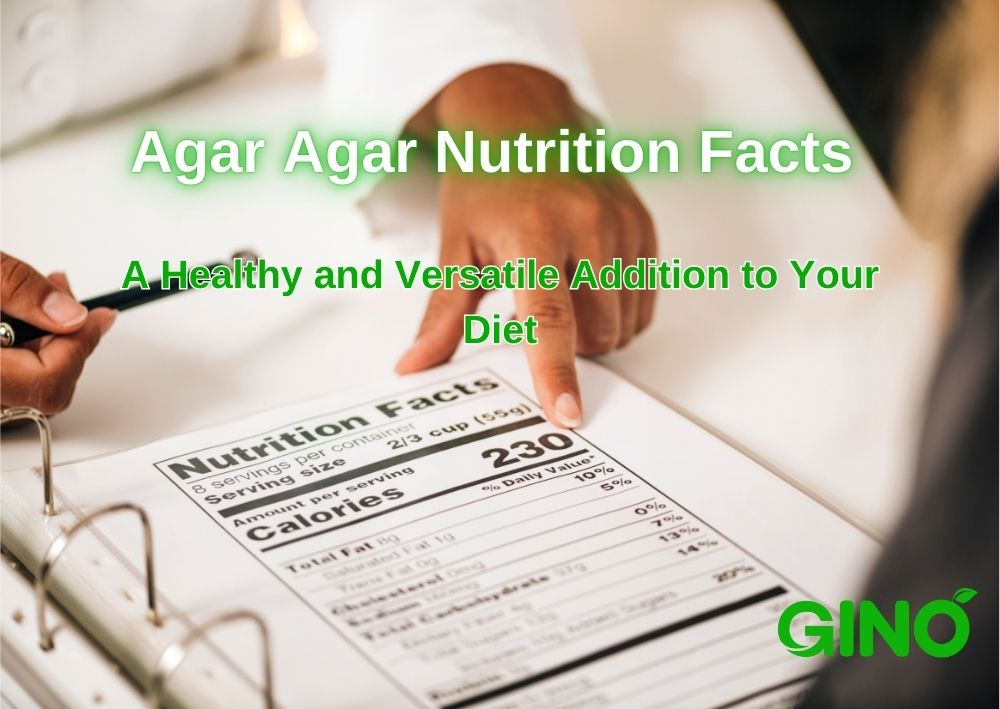For over 10 years, Gino Biotech has been a major supplier of food hydrocolloids. With our variety of plant-based gums & stabilizers, we can create tailor-made hydrocolloid solutions perfectly matched to the needs of our customers. READ MORE
4 Tips on How to Select the Best Food Hydrocolloids
How to Choose Food Hydrocolloids
Facebook
Twitter
LinkedIn
When you are selecting the best food hydrocolloids, there are two criteria that you must get right.
The first question to consider is what textural properties you are looking for in the final product and what you want the food hydrocolloids to achieve.
Are you looking for sensory properties and textural properties?
Do you need a thickening or a more gelled structure?
If the end product is a multi-phase system (foam, suspension, emulsion), then the hydrocolloid should also provide some stabilization properties.
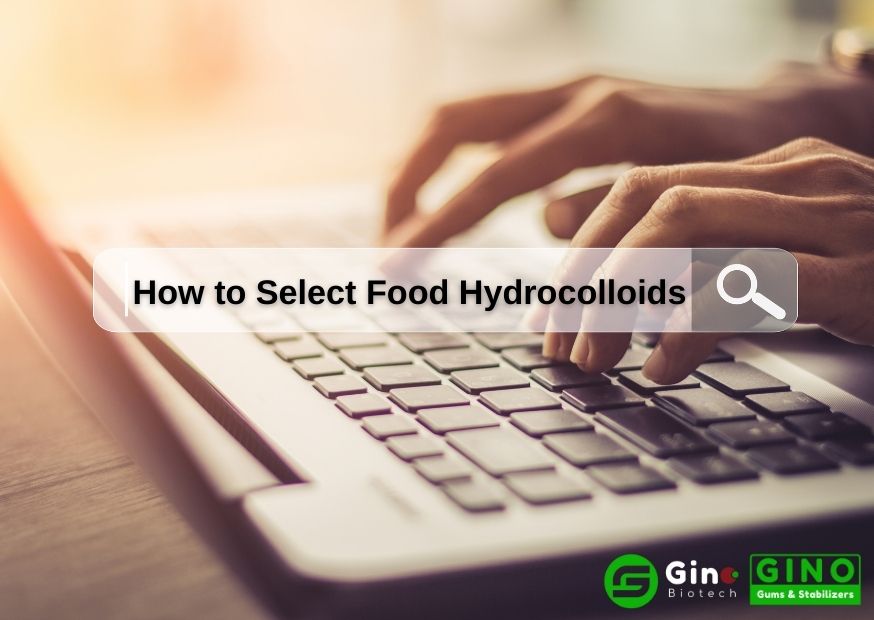
1. Functionality of Food Hydrocolloids in the Final Food Products
| Hydrocolloid | T = Thickening G = Gelling S = Stabilisation Description of Texture | Description of Texture |
| Alginates | T, G | Alginates or more specifically sodium alginates can be used as a thickening agent (different grades offer a range of viscosities). Alginates can form strong, cohesive, thermo-resistant gels in the presence of calcium ions. |
| Carrageenan, Iota | T, G | Iota carrageenan forms elastic gels and thixotropic fluids. |
| Carrageenan, Kappa | G, S | Kappa carrageenan forms firm gels. Very low dosages of kappa-carrageenan in milk show positive interaction with milk proteins, resulting in the suspension of cocoa particles. |
| Carrageenan, Lambda | T | Lambda carrageenan forms viscous, non-gelling solutions. |
| Cellulosics, CMC | T, S | CMC forms clear, viscous solutions (a range of viscosities are available). CMC shows protective colloid properties in acidified milk drinks. |
| Cellulosics, MC, and HPMC | T, G | HPMC and MC, which are dissolved in cold water, will gel upon heating (thermo-gelling). Different grades with different viscosities / different gelation temperatures are available. The gel is thermo-reversible since the system will return to a viscous liquid phase upon cooling. |
| Gellan gum | G, S | Gellan gum is available in two forms, high and low acyl content. Low acyl gellan gum forms firm, non-elastic, brittle gels. High acyl gellan gum forms soft, very elastic gels. By varying the ratios of the two forms, gellan can produce a wide variety of textures. Gellan gum can be used to stabilize suspensions by forming a solution with a weak gel structure, known as a fluid gel. |
| Guar gum | T | Guar gum forms viscous solutions with a long texture. |
| Gum arabic | T, G | Gum arabic is used in confectionery for its gelling properties. Gum arabic is used in flavor and color emulsions as an emulsifying agent. |
| Locust Bean Gum (LBG) | T, (G) | LBG forms viscous, shear-thinning solutions. LBG can form gels in combination with other hydrocolloids. LBG is excellent in syneresis control. |
| Pectin, HM | G, S | High methoxyl pectins form gels at low pH and in the presence of sugar. HM pectins are classified as rapid set, medium set, or slow set. HM pectins are also used in acidified milk drinks (pH < 4,6) to stabilize the proteins. |
| Pectin, LM | G | (Amidated) low methoxyl pectins also form gels – partly shear reversible. |
| Xanthan gum | T, S | Xanthan gum forms pseudo-plastic viscous solutions, which are pH and temperature stable compared to other thickeners. The pseudo-plasticity makes xanthan gum also suitable as a stabilizer of suspensions, emulsions, and foams. |
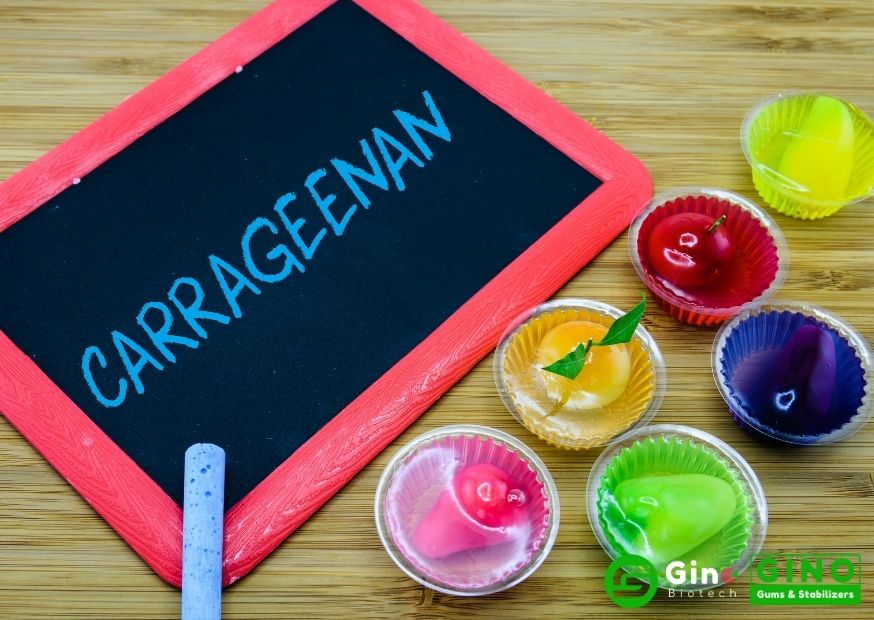
2. Formulating with Food Hydrocolloids; Solubility, Compatibility and Thickening or Gelling Mechanism
2.1 Solubility, Compatibility
Most food hydrocolloids on the market are supplied in powder form.
To fully utilize their function (to produce viscosity or gel), hydrocolloid solutions must be prepared.
When dissolving hydrocolloids, the applied temperature along with the presence of other ingredients can have an effect ( which may be both positive and negative).
Hydrocolloid | Solubility | Solution Clarity | pH Range in Application | Acid Stability |
Alginates | Cold or hot soluble in a calcium-free medium. In a high calcium environment, sequestrants are needed to dissolve the alginate. | Good | 4.5 - 7 | Fair (will form alginic acid at low pH) |
Carrageenans | Iota and Kappa: hot soluble, above 60 °C. Lambda is also cold soluble | Good | 4.5 - 7 | Poor |
Cellulosics, CMC | Cold or hot soluble | Excellent | 3.5 - 7 | Good |
Cellulosics, MC and HPMC | Cold soluble | Excellent | 4 - 7 | Good |
Gellan gum | Hot soluble in an ion-free medium. In a high ion environment, sequestrants are needed to dissolve gellan. | HA - Good LA - Poor | 3 - 7 | Good |
Guar gum | Cold or hot soluble | Fair | 4 - 7 | Fair |
Gum Arabic | Cold or hot soluble | Excellent | 2 - 7 | Good |
Locust bean gum | Hot soluble, above 80 °C | Fair | 4 - 7 | Good |
Pectin | Hot soluble, above 60 °C | Excellent | 2 - 7 | Very Good |
Xanthan gum | Cold or hot soluble | Fair | 2 - 7 | Very Good |
2.2 Thickening or Gelling Mechanism
When food hydrocolloids are dissolved, they either work alone or require other substances, such as ions, to produce viscous or gel properties.
Hydrocolloid | Act Alone or Act With | Description of Thickening or Gelling Mechanism |
Alginates | With calcium ions | Sodium alginates are composed of two building blocks: mannuronic acid (M) and guluronic acid (G). In the presence of calcium ions, the G-blocks in the alginate chain will join together and form a gel structure. Alginates with a high content of G-blocks, form stronger gels than alginates with high M-blocks content. When there is enough free calcium available, the alginate gel will become thermo-irreversible. Please note alginate gel forms in cold conditions. |
Carrageenan, Iota | With calcium ions | After being heat-treated to dissolve the carrageenan, the molecules will join together during cooling, thereby forming a gel structure. The iota carrageenan network forms a transparent, elastic gel. When stirring this network can easily be destroyed, but the gel is rebuilt quickly as soon as the mechanical action stops. The gels of iota carrageenan are thermo-reversible. |
Carrageenan, Kappa | With potassium ions | After being heat-treated to dissolve the carrageenan, the molecules will join together during cooling, thereby forming a gel structure. Kappa carrageenan needs the presence of potassium ions to form a firm, brittle gel. The gels of kappa-carrageenan are thermo-reversible. Kappa carrageenan shows synergistic gel strength when combined with locust bean gum. |
Carrageenan, Lambda | Alone | The molecules of lambda carrageenan do not strongly join together and therefore do not form gels. Lambda carrageenan functions as a thickener. |
Cellulosics, CMC | Alone | CMC acts alone to form viscous solutions. The wide variety of viscosity ranges available, make it a versatile hydrocolloid for many applications. |
Cellulosics, MC, and HPMC | Alone | When the temperature of an MC/HPMC solution is increased, the polymers lose their water of hydration, and the viscosity decreases. When the gel point is reached, the dehydration of the polymers causes polymer-to-polymer interaction and the solution begins to gel. Gel strength builds as the temperature is held above the gel point. When the system is cooled, the gel begins to reverse, and the system becomes a liquid viscous system again. Depending on the type of MC or HPMC the gel point can vary from 50 °C to 90 °C. |
Gellan gum | With potassium, sodium, and calcium ions | Gellan gum forms gels with divalent as well as monovalent ions. Calcium ions are more effective in making gels than sodium and potassium ions. The concentration of ions also influences the gelling and melting temperature of the gel which is formed. Low acyl gellan gum tends to form thermo-stable gels, whereas high acyl gellan gum tends to form thermoreversible gels. |
Guar gum | Alone or with xanthan gum | Guar gum acts alone to form viscous solutions. In combination with xanthan gum, a synergistic viscosity development can be noticed. |
Gum arabic | Alone | Gum arabic is a unique molecule and contains 2 to 3% peptides as an integral part of the structure. It is believed that these peptide fractions are responsible for the emulsifying capacity. Gum arabic forms very low viscous solutions, concentrations up to 50% can be achieved. |
Locust bean gum (LBG) | Alone or with xanthan gum or carrageenan | LBG forms viscous, shear-thinning solutions. In combination with xanthan gum and/or kappa carrageenan, LBG forms mixed gels with an elastic texture, which shows no syneresis. |
Pectin, HM | With sugar and low pH | HM (high methoxy) pectins form thermo- irreversible gels when the pH is low (< pH 3.5) and the sugar concentration is high (dry matter content > 55 %). |
Pectin, HM | With protein | HM pectins are excellent stabilizers of acid milk drinks. They act as a protective colloid, preventing the casein particles from coagulating and sedimenting when added before acidification. |
Pectin, LM | With calcium ions | LM (amidated) low methoxy pectins can form thermo-reversible as well as thermo-stable gels. Depending on the calcium concentration and the calcium reactivity of the specific grade, a range of textures can be achieved. |
Xanthan gum | Alone or with guar gum | Xanthan gum acts alone to form viscous, pseudo-plastic solutions. In combination with guar gum, a synergistic viscosity development can be noticed. |
3. Food Hydrocolloid Applications
There are numerous areas of application for food hydrocolloids and there are many wonderful combinations of food hydrocolloids that have direct synergistic effects.
Therefore, the application grid provided below and the other information provided earlier should be used only as a guideline to provide a starting point for development work.
| ALGINATES | CARRAGEENAN | CELLULOSICS, CMC | CELLULOSICS, MC + HPMC | GELLAN GUM | GUAR GUM | GUM ARABIC | LOCUST BEAN GUM | PECTIN | XANTHAN GUM | |
| Bakery products (incl. bakery fillings) | ■■ | ■■ | ■ | ■ | ■■ | ■ | ■■ | ■■ | ||
| Beverages | ■ | ■■ | ■ | ■ | ■ | ■■ | ■ | |||
| Confectionery | ■ | ■■ | ■■ | |||||||
| Convenience: sauces, dressings, soups, marinades | ■ | ■ | ■ | ■■ | ■ | ■■ | ||||
| Dairy, acidified/fermented drinks, desserts | ■■ | ■■ | ||||||||
| Dairy, sweet drinks, desserts | ■ | ■■ | ■ | ■ | ■ | ■ | ||||
| Flavor emulsions | ■ | ■ | ■■ | ■ | ||||||
| Fruit preparations, jams, marmalades | ■■ | ■ | ■ | ■ | ■ | ■ | ■ | ■■ | ■ | |
| Ice-cream | ■ | ■ | ■■ | ■ | ■■ | ■ | ■ | |||
| Meat and poultry processing | ■■ | ■■ | ■ | ■■ | ■ | ■ | ||||
| Vegetable, and potato preparations | ■ | ■ | ■■ | ■ |
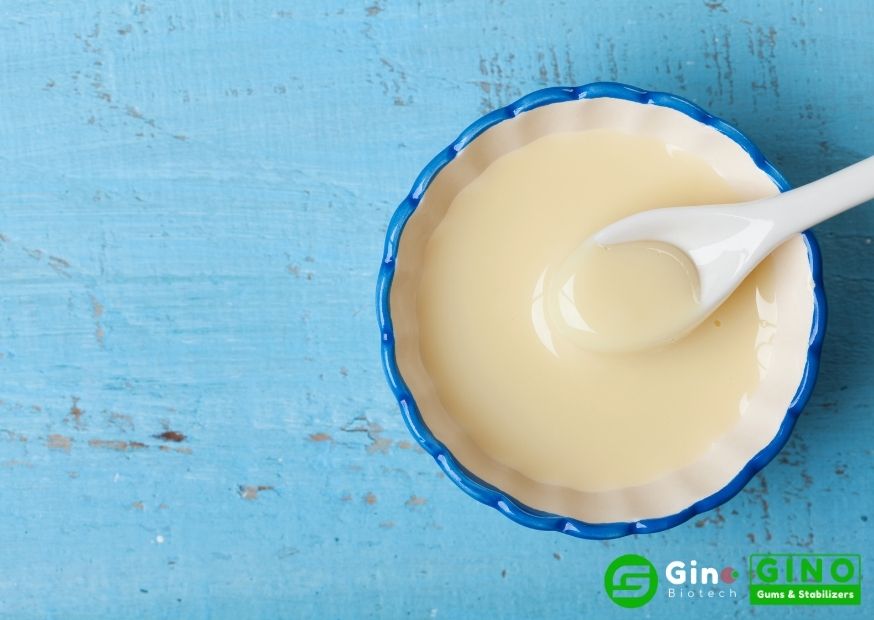
4. Hydrocolloid Sources
Please find below information on the source of the different food hydrocolloids, plus abbreviations and synonyms which are used in the industry.
Hydrocolloid | Abbreviations Synonyms | E Number | Raw Material |
Alginates | Sodium alginates | E 401 | Extracted from brown seaweed |
Carrageenan | Iota, Kappa, Lambda Carrageenan | E 407 | Extracted from red seaweed |
Cellulosics, CMC | Carboxymethylcellulose Cellulose gum | E 466 | Manufactured using cellulose (from wood pulp or cotton linters) as base material |
Cellulosics, MC and HPMC | Methylcellulose Hydroxypropylmethylcellulose | E 461 E 464 | Manufactured using cellulose (from wood pulp or cotton linters) as base material |
Gellan gum | E 418 | Produced by the fermentation process | |
Guar gum * | E 412 | Obtained from the endosperm of the guar seed | |
Gum arabic | Acacia gum | E 414 | Exudate from the acacia tree |
Locust bean gum (LBG) * | Carob (bean) gum | E 410 | Obtained from the endosperm of the seeds of the carob tree. |
Pectin | E 440 | Extracted from apple pomace and/or citrus peel | |
Xanthan gum | E 415 | Produced by the fermentation process |
* Galactomannans is a group name, locust bean gum, and guar gum are both galactomannans

Hydrocolloids Related Regulation
Thickening and gelling agents are food additives and their use is subject to several laws and regulations. For the member states of the European Union, their use is inter alia subject to Regulation (EC) No 1333/2008 on food additives published in December 2008.
Annex I of this Regulation describes the functional classes of food additives:
‘gelling agents’ are substances that give a foodstuff texture through the formation of a gel.
‘stabilizers’ are substances that make it possible to maintain the Physico-chemical state of a foodstuff; stabilizers include substances that enable the maintenance of a homogenous dispersion of two or more immiscible substances in a foodstuff, substances which stabilize, retain or intensify an existing color of a foodstuff and substances which increase the binding capacity of the food, including the formation of crosslinks between proteins enabling the binding of food pieces into re-constituted food;
‘thickeners’ are substances that increase the viscosity of a foodstuff;
Annex II provides the community list of food additives approved for use in foods
The list is published in November 2011, in Commission Regulation (EU) No 1129/2011 amending Annex II to Regulation (EC) No 1333/2008.
The list includes:
■ The name of the food additives and the E numbers (part B)
■ Definitions of groups of additives (part C)
■ The foods to which the food additives may be added, food categories (part D)
■ The conditions under which the food additives may be used (part E)
Specifications of Food Additives
Commission Regulation (EU) No 231/2012 published in March 2012, provides the specifications, such as purity criteria, origin, and other necessary information, for food additives.
For a complete overview of approved food hydrocolloids and the exact approved applications, dosage, and conditions of use in the European Union, the most current regulations and directives as well as any other applicable national laws and regulations must be checked. The complete texts, as well as consolidated versions of the European Regulations and directives with the last updates, can be viewed and downloaded from the following website: http://eur-lex.europa.eu/en/index.htm
For any use outside the European Union, please check carefully the laws and regulations applicable to you. Please keep in mind that you are responsible for compliance with any applicable legal and regulatory requirements.
Related Articles
Recent Posts
About Gino Biotech

We are a biotech company specializing in the research, development, and commercialization of innovative and technological food additives hydrocolloids Agar Agar, Carrageenan, and Tailor-Made Stabilizer Solutions.
With the extended know-how and experience in the research, application, and use of Hydrocolloids, we could provide one-stop-shop customized solutions perfectly matched to the needs of our customers.
Our products cover the needs of the Meat, Dairy, Bakery, Confectionery, and other industrial sectors.


